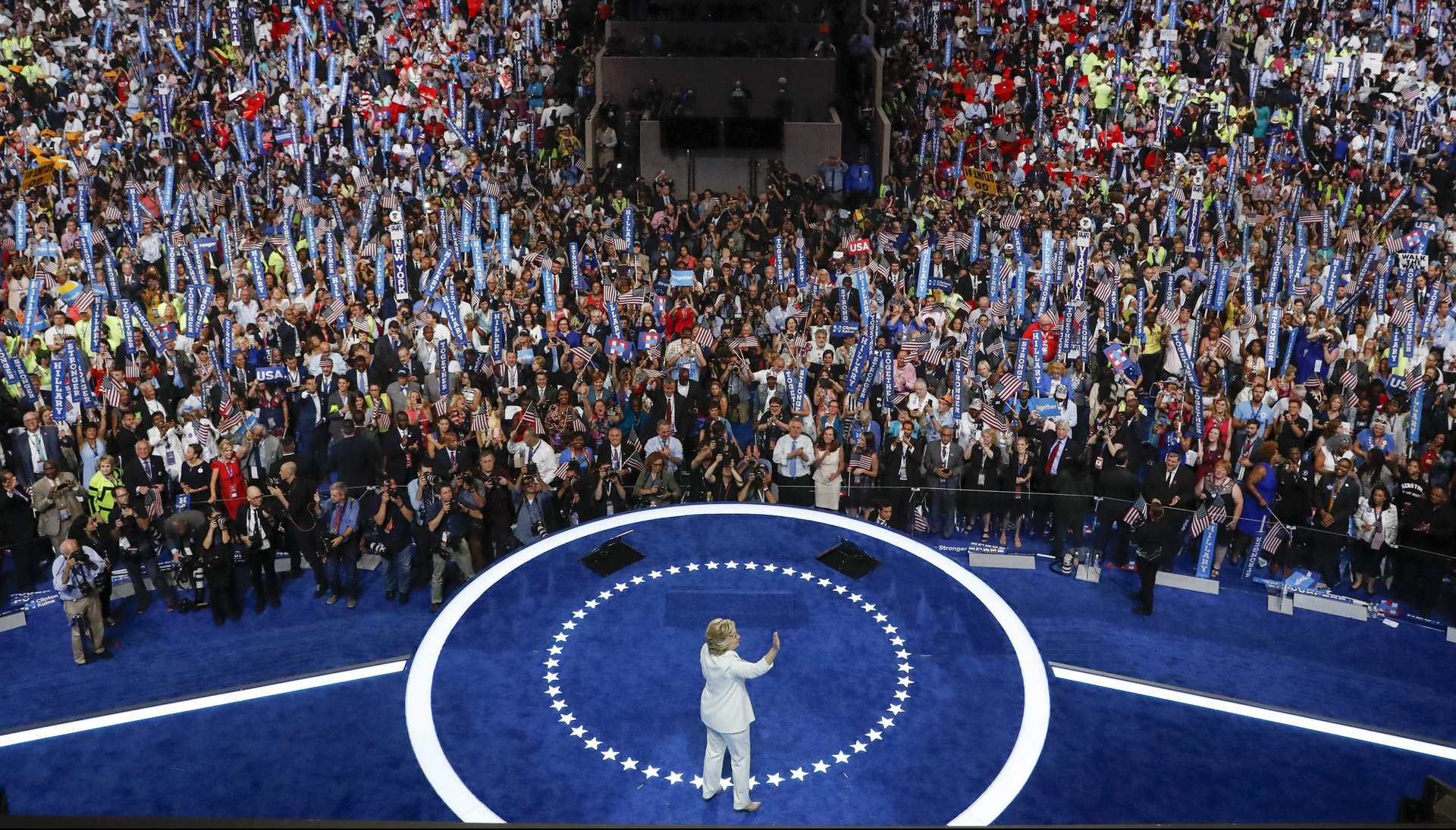Hillary Clinton’s campaign failed because she took the “Team of Rivals” concept too far
Hillary Clinton’s loss to Donald Trump has as many explanations as pundits who’ve analyzed it, but it now seems clear that at least one major problem was the fractious rivalries of subordinates within her campaign.


Hillary Clinton’s loss to Donald Trump has as many explanations as pundits who’ve analyzed it, but it now seems clear that at least one major problem was the fractious rivalries of subordinates within her campaign.
Authority in the Clinton campaign was decentralized and distributed widely, according to a new book dissecting its wreckage, Shattered: Inside Hillary Clinton’s Doomed Campaign, by the political reporters Jonathan Allen and Amie Parnes. Hierarchies were confused, and the nominal campaign manager, Robbie Mook, clashed with more senior aides. Clinton ”liked to set up rival power centers within and outside her operation,” and before her convention, assigned two different and isolated teams the critical task of writing her speech, according to passages of the book quoted in Axios.
The “Team of Rivals” concept—assembling a group of strong competitors who are focused on a common goal—became a popular concept in politics and management following Doris Kearns Goodwin’s 2005 book of the same name about Abraham Lincoln’s cabinet of former political enemies. Barack Obama cited Goodwin’s work as the one book he would want to take to the White House besides the Bible, Obama followed Lincoln’s lead in giving high-profile roles to former foes Joe Biden and Clinton.
But the team of rivals concept works best when it’s made up of talented people confident in their own abilities and willing to stand up to the boss. One key aspect, Goodwin told the Harvard Business Review, is “you’ve got to surround yourself with people who can argue with you and question your assumptions.”
That wasn’t the environment within the Clinton campaign, according to the account in Shattered. Campaign staffers squabbled amongst themselves, and were more interested in preserving their standing with Clinton than in delivering her hard truths. Huma Abedin, the longtime Clinton aide and campaign vice chair, kept bad news at bay, and “couldn’t be counted on to relay constructive criticism to Hillary without pointing a finger at the critic.”
Shattered details other struggles, as well: An overconfidence in Clinton’s appeal to voters; a refusal to take seriously the threats posed by Bernie Sanders and Trump until late in the game; and the unwillingness of the central campaign to listen to realistic assessments of how much danger Clinton faced in states assumed to be safe.
Those problems could have been allayed by a management structure that had clear direction, unity of purpose and a system for relaying information to the people who needed it most.